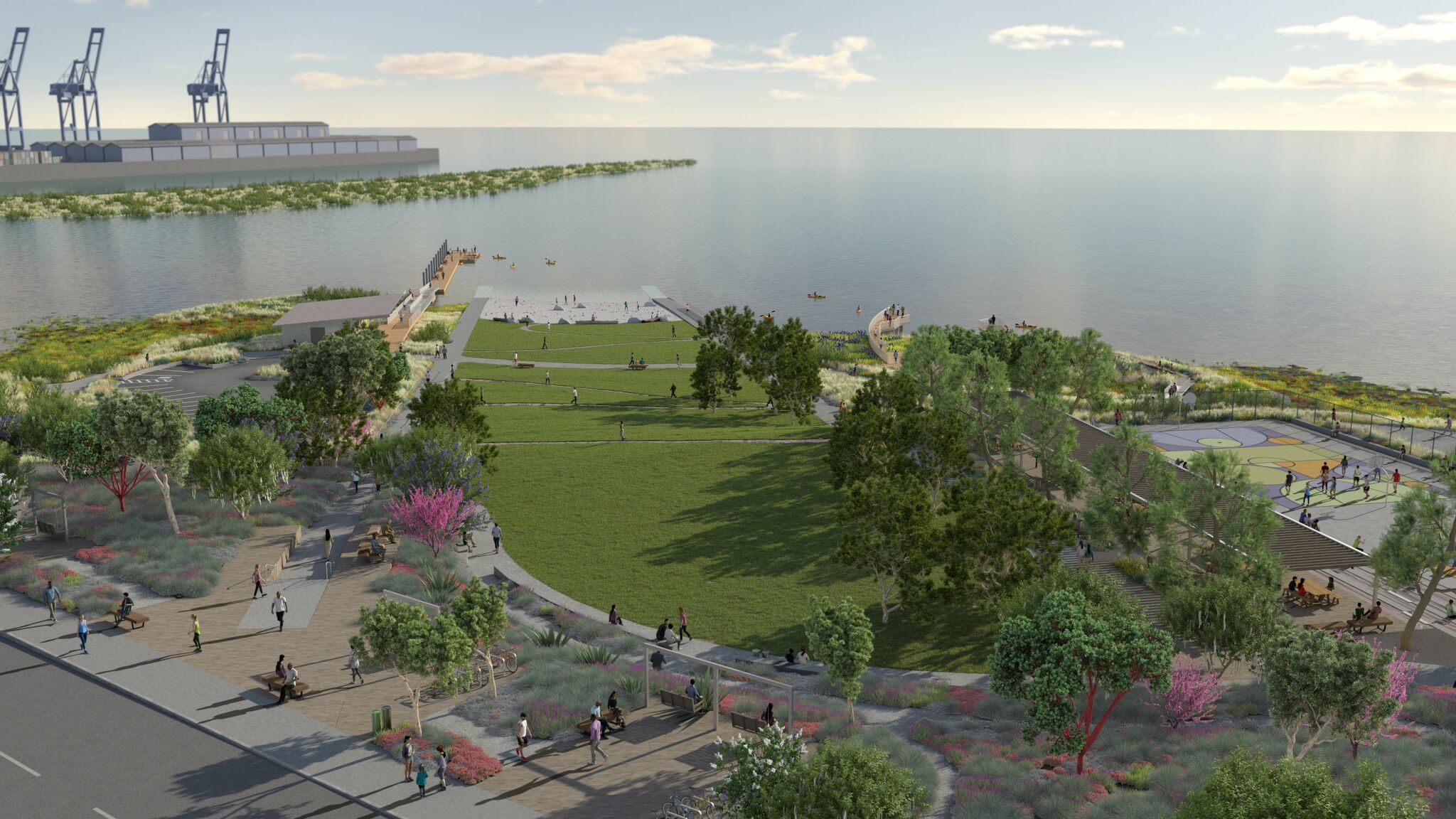A recent national ranking by Trust for Public Land once again ranks San Francisco's among the top 10 U.S. cities for its parks. Nevertheless, there is more we can do to address gaps in parks equity.
There is no denying that San Francisco has intrinsic park equity gaps. People know San Francisco for Golden Gate and Dolores Park, which attract tourists from all over the world. But we need more, quality parks in low-income neighborhoods. San Francisco was the first city in the country to deliver on a promise to provide a park within a 10-minute walk for every resident. But not all our parks are equal. Neighborhoods of color have access to 56 percent less park space. And our low-income neighborhoods have access to 55 percent less park space.
The good news is San Francisco is beginning to address the disparity in our park acreage by investing in projects like India Basin Waterfront Park. It's a 17-acre waterfront park, currently under construction, in the Bayview-Hunters Point neighborhood. It's slated to become an historic example of addressing inequity in green space. It will also address sea level rise and stormwater management. This will protect the community from the impacts of climate change.
Projects like India Basin Waterfront Park can be catalytic for San Francisco. The city’s parks department has been giving media tours of the site recently, and is focusing on it as a beacon of what’s possible when you center a community around equitable development. It's not just thinking about building the park but also thinking about how the park development is a catalyst to address anti-displacement strategies, affordable housing, and employing community members in the construction and the operation of the park. It also ensures cultural identity is represented in the park. And it provides health opportunities for a community that has traditionally been cut-off in a forgotten corner of industrial San Francisco. Of the $200 million total project cost, we still have $36 million in private philanthropy to raise to deliver on the project.
We also need to expand and make permanent San Francisco’s “Shared Schoolyard Program.” Cities across the country are partnering with their local school districts to unlock school playgrounds after school and on weekends opening thousands of acres of safe play areas for our children, families, and residents to gather and play. Cities like Boise, Idaho and Tulsa, Oklahoma have both leapt up the ParkScore rankings this year by opening their schoolyards to the entire community.
San Francisco's Shared Schoolyard program is a partnership between the city, the school district, and community partners. Before the COVID-19 pandemic, the project included over 50 San Francisco schools. The plan was to expand it, to as many as possible. We were looking to add 38 acres of extra open space for San Francisco to enjoy every weekend. But since the pandemic, the initiative has paused its expansion. It is time to pick it back up and fulfill its potential. I know our city leaders want it, and so do our schools. Let's do what it takes to get the conversations moving and the schoolyards open for all to enjoy.
San Francisco doesn't look at park equity in a vacuum—we look at how we can use parks to strengthen neighborhoods and build stronger communities from workforce development to build the parks, to partnerships with labor to train the next generation of city gardeners. I know this because before leading TPL’s work in California, Hawaii, Oregon and Washington I worked for the City and County of San Francisco for over a decade. San Francisco tackles its challenges by partnering with the community, involving multiple departments, and unlocking state and federal funds to help bring equity to our park system. I’m excited to see what’s next for the city on parks equity. And I would love it if we could make it to the top spot in the rankings, nationally.
***
Guillermo Rodriguez is California State Director at Trust for Public Land. For more on India Basin Waterfront Park, check out this story from the SF Standard.





